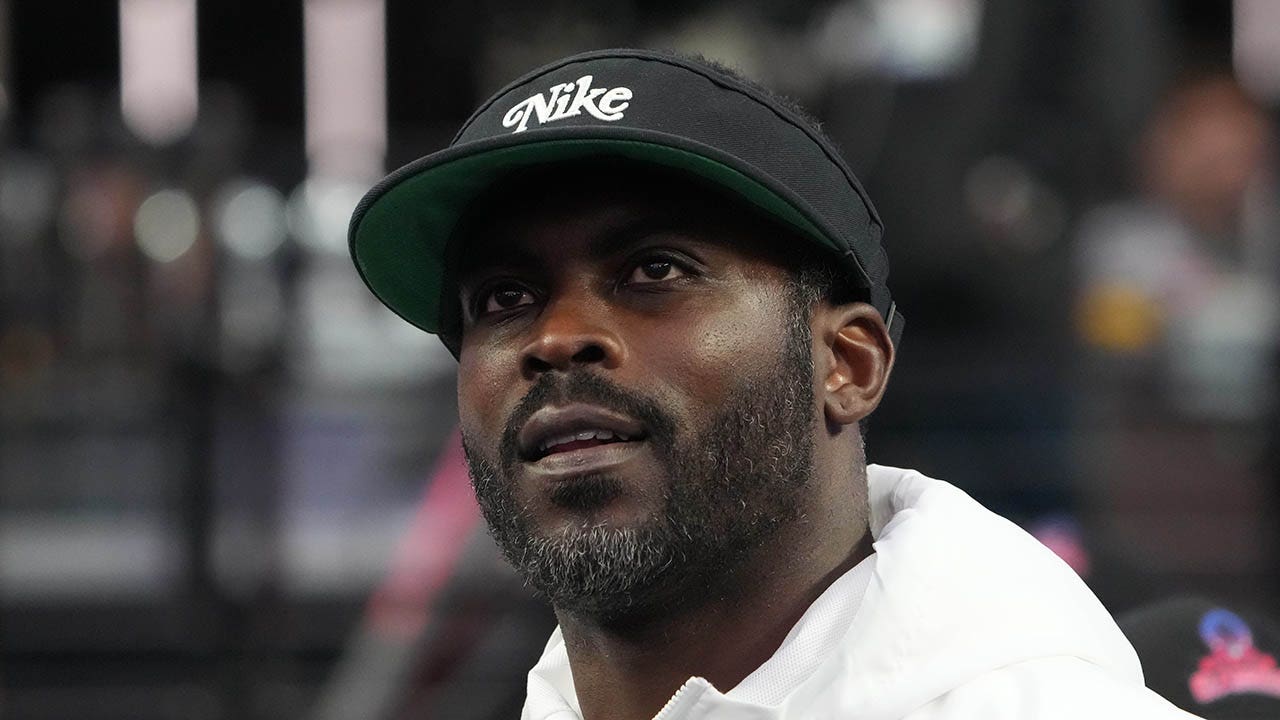Young was skeptical the forgiveness would happen, so she used the pandemic-related pauses to pay off the debt.
Others who did the same or saved their payments have positioned themselves better financially now that the Supreme Court has rejected Biden’s plan.
Young, of Clinton, Md., doesn’t have any regrets about paying off the loans.
She took advantage of the payment pauses enacted during the pandemic to pay off $12,000 in loans interest-free. Although there had been discussions at the time about loan forgiveness, Young said she wasn’t waiting to see if it would happen.
“I just said, let me keep throwing money at the debt and get it down.”
Young’s daughter graduated from the University of Maryland Baltimore County in 2019 and did postgraduate work at the American Musical and Dramatic Academy in New York, graduating last year.
Like many other borrowers who could afford to continue making payments, Young saw a tremendous opportunity to aggressively pay down her daughter’s education debt. Despite the pause, more than 9 million borrowers with Education Department-held loans made payments between April 2020 and June 2022, according to a Department of Education spokesperson.
The loan forgiveness announcement left some borrowers regretful about their aggressive debt reduction. Some took advantage of a loophole allowing them to claw back their payments and put the refunds back on the lenders’ books so they could then apply for forgiveness under the Biden initiative.
That all changed Friday, when the Supreme Court threw out the debt forgiveness plan on a 6-3 vote. It ruled that the administration did not have the authority to cancel the debt.
Every time the government extended the student loan pause, Young said it allowed her to pay down more of the principal. She decided to pay $300 per pay period — $600 per month. The strategy served her well: With the interest rate on the loans at zero percent, all her payments went directly to reducing the loan principal.
When she made her final payment on Aug. 24, 2022, the balance was $208.18.
Young said she’s already benefited from the covid emergency relief.
“The one good thing that came out of covid was that they paused the interest payments,” she said. “Well, that gave me time to pay back the money.”
Many of the people who requested refunds intending to take advantage of Biden’s loan forgiveness were not struggling financially. They didn’t lose their job during the pandemic. They had more disposable income because pandemic shutdowns reduced their spending on eating out or other discretionary expenditures, freeing up money to pay off their loans.
As my grandmother Big Mama used to say, you can be right and be wrong.
And, as a taxpayer who would have been footing the bill for Biden’s loan forgiveness, I appreciate Young’s decision.
“My daughter used the money to get the education. She got a degree. I don’t really feel like I should even go through the process of trying to take advantage of the relief that they are giving people now,” Young said. “I could pay back the money, and it was a blessing that I was able to do it. I was in the position financially that I could pay it back.”
There’s been so much discourse over the Biden plan. Some people resent the idea of borrowers getting their loans erased. Others feel forgiveness is fair after struggling for years under an oppressive amount of debt.
Young is empathetic to both viewpoints. But at the end of the day, she and others who could afford to keep paying during the three-year pause were right to do so.
Forgiveness would have been a good start, Young said, but she is of the opinion that the entire student loan process needs to be revamped, so that the payments do not become a burden.
“But that’s another conversation for another day.”












































